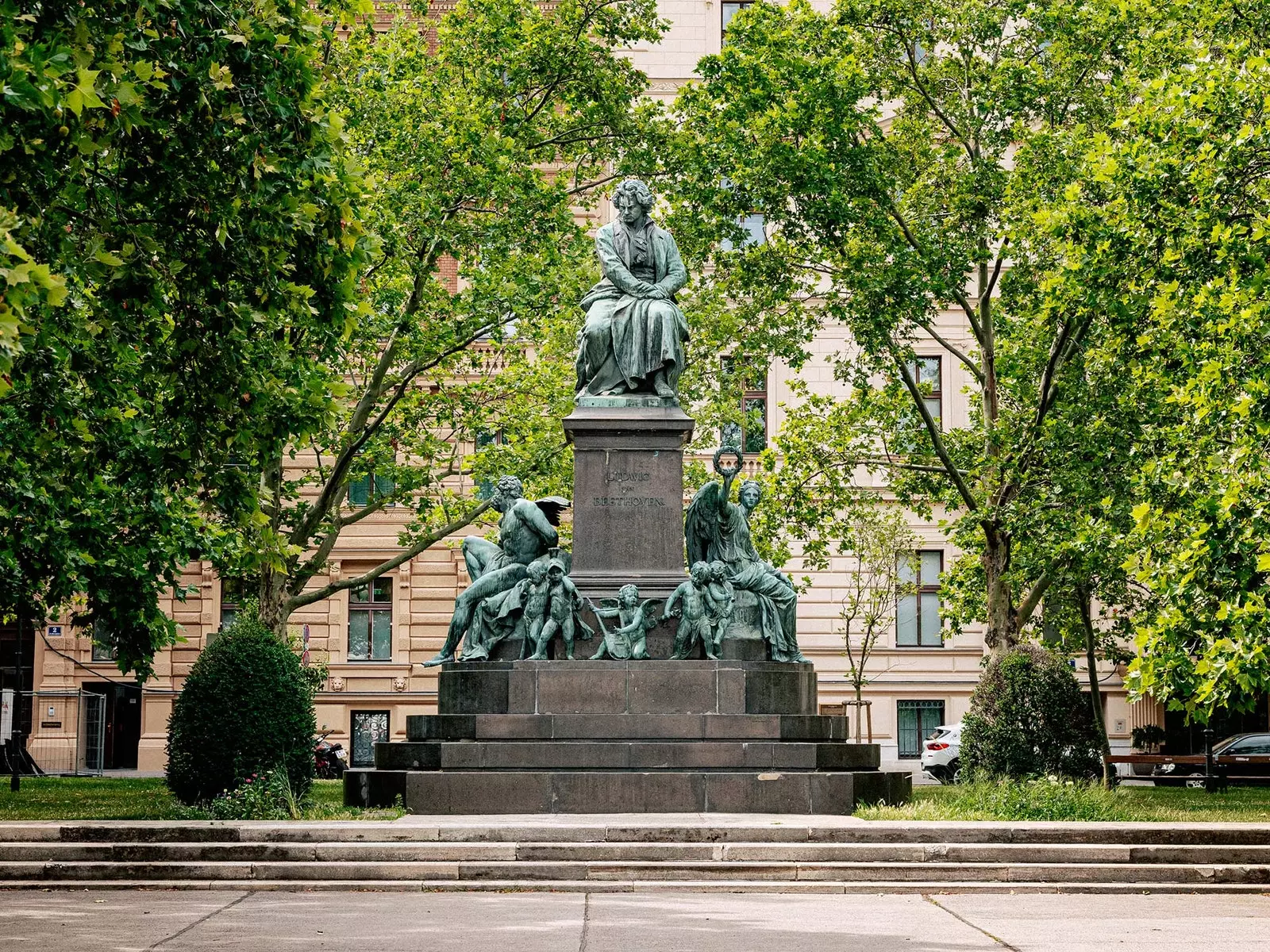
Beethoven Monument at Beethovenplatz
Walk around the Openring , one of the most majestic and splendid avenues of Vienna , all the while groping blindly inside my bag for my headphones. The cold wind of the Austrian winter freezes my face. Or, at least, what is free of it: between the wool hat and the scarf I hardly leave room to see and breathe.
With the helmets already placed I dive in my Spotify account and looking for the perfect soundtrack for this report . The classical music it is always adaptable to any scenario. It sounds good in the context that one wants. But when we talk about Vienna… When we talk about Vienna, there is no comparison.
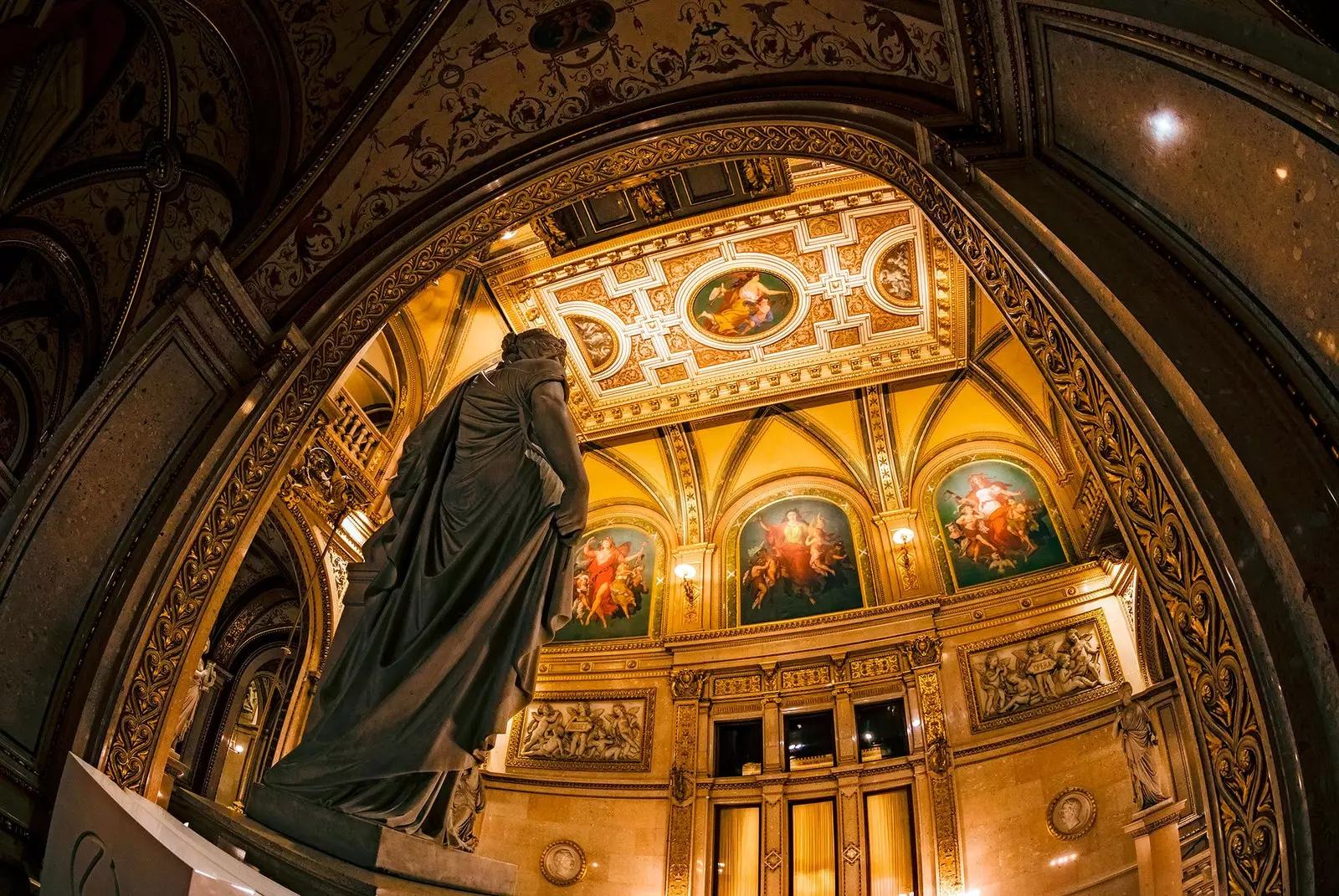
Interior of the Vienna Opera
The _ begins to sound Piano Sonata No. 8 _ Beethoven's , better known as Pathétique , at the precise moment in which I find myself, face to face, with one of the viennese temples of music : the majestic opera . paradoxically Beethoven he never set foot on it: he passed away more than 40 years before it was built. And yet, his works have been performed in it countless times.
In the year in which the 250 years since the birth of the great genius, Vienna, proclaimed World Capital of Music , has set out to make his creations sound louder than ever. So while I discover all that the Austrian city meant to Beethoven I turn up the volume and let myself be inspired by it. And it's not for nothing, but this promises...
SOUNDING: SONATA FOR PIANO Nº14, CLARE DE LUNA
Although he was born in Bonn, Germany , Beethoven's origins on his father's side were Flemish. It did not take many years for his virtuosity to become evident: at the age of seven, the young promise already gave his first concert, and at eleven, he published the first composition of his.
She went to the seventeen , and with a letter of recommendation so that Mozart taught him music under his arm, when he traveled to Vienna to start a new life . However, that adventure would last rather short: two weeks later his mother fell seriously ill and Beethoven returned to his hometown . In fact, there is no record that he and Mozart ever met.
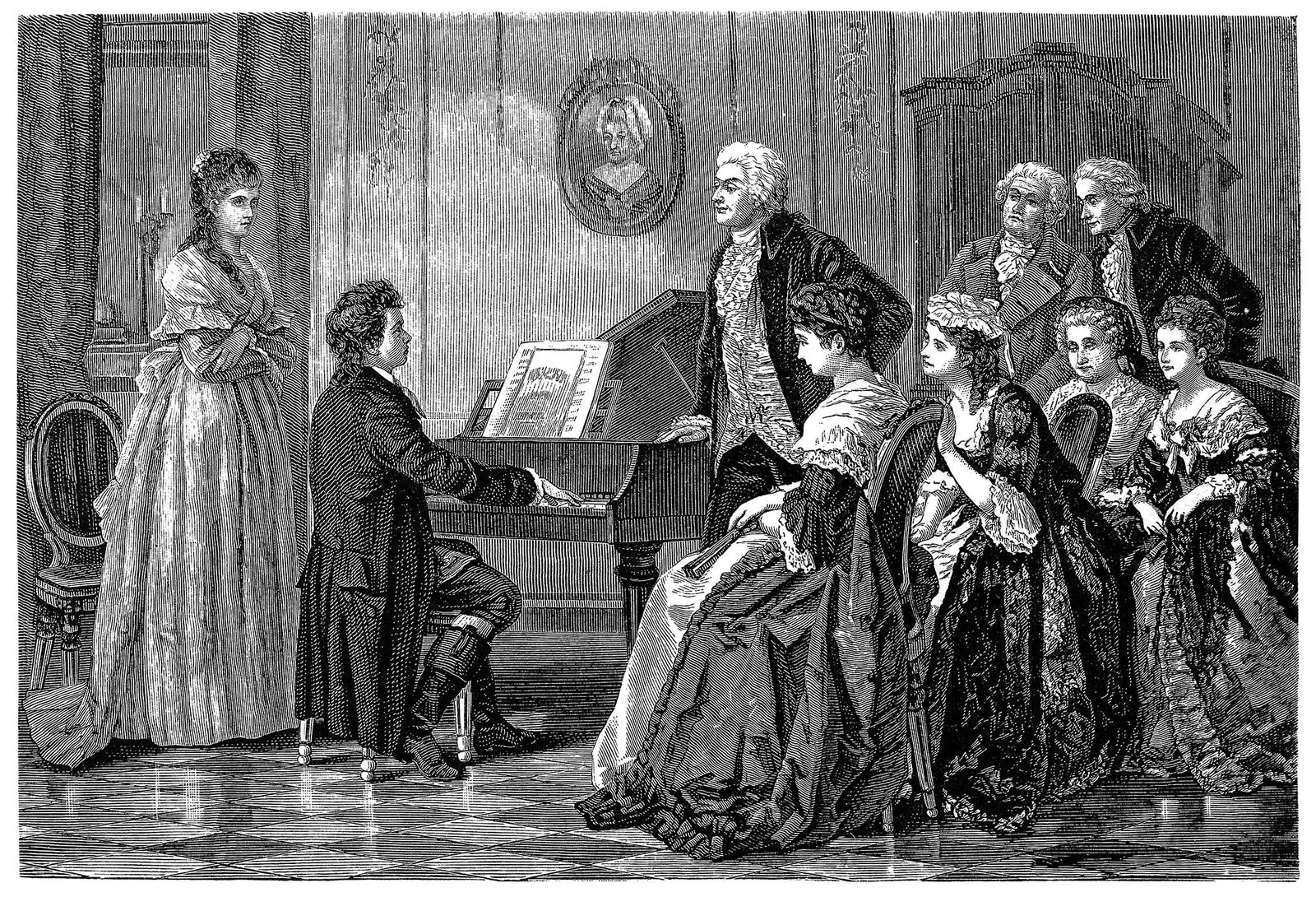
Engraving depicting Beethoven playing the piano
The one he did meet went to Haydn , who on one of his business trips to London, stopped in Bonn to propose to the young man that he return once more to Vienna, where he would teach him. So it was: Beethoven came to the Austrian capital for the second time in 1792 where he stayed 35 years . Or what is the same: forever.
Vienna was crucial for him: the city where he developed his musical career, where he composed most of his creations and where they saw the light practically all the great works of him.
Here he lived protected by different patrons of the nobility, among them the princes Lobkowitz and Kinsky , and the Archbishop Rudolph of Austria , who bet on him by giving him a job, a house and a livelihood — 4 thousand guilders a month, no less. The Austrian capital was, after all, the Beethoven's real home . Although that of the homes… It was never too much with him.
SOUNDING: THE 5TH SYMPHONY
The one that many define as one of the most important works of all time gets off to a strong start. A composition that could only be made by a visionary who, like all great geniuses, had a somewhat... Peculiar character.
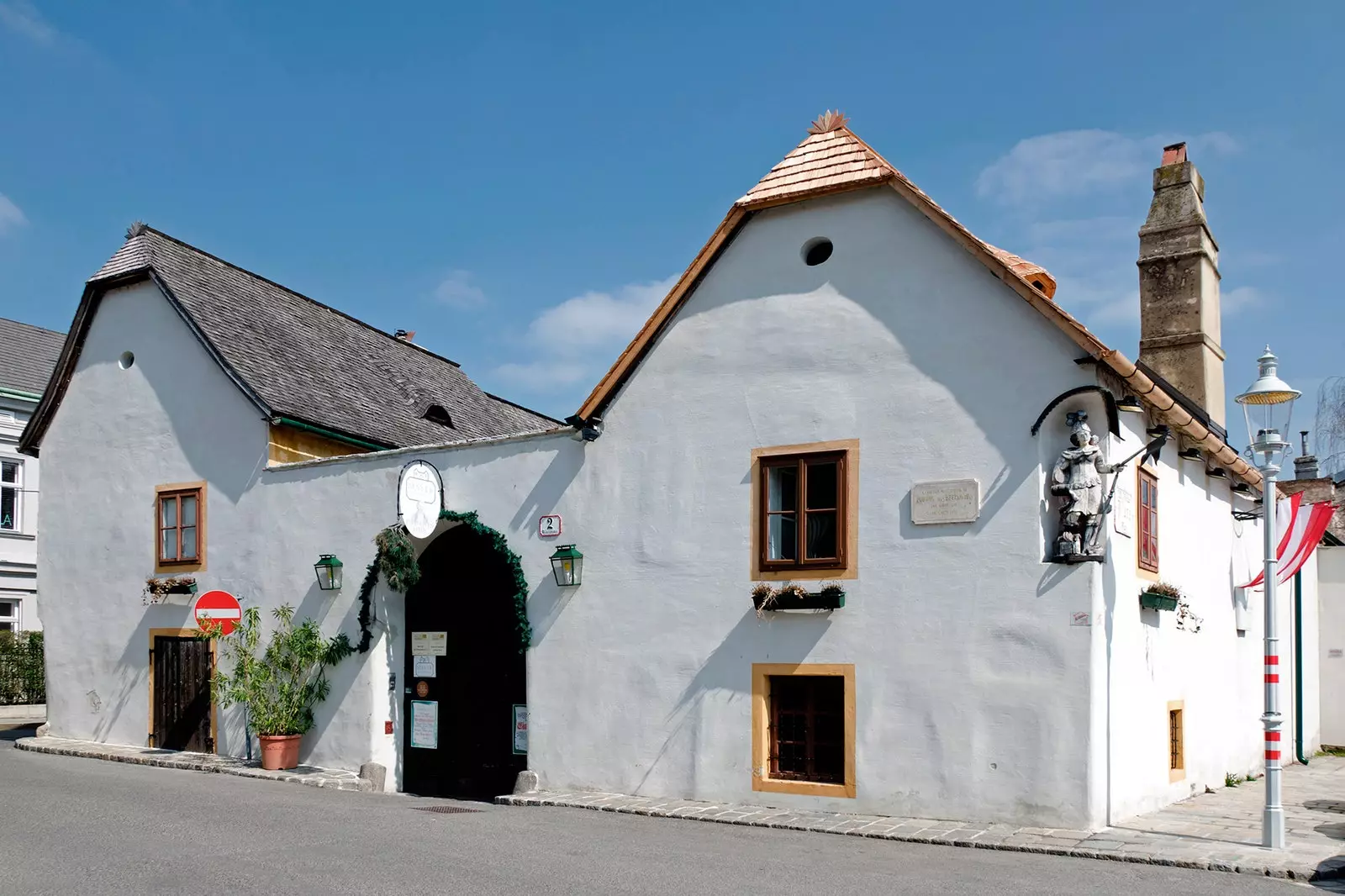
It is common to come across one of the 60 houses in which Beethoven lived during his 35 years in Vienna
So much so that he did not take well to settling in one place: it is said that Beethoven lived, during his 35 years in Vienna, up to 60 different houses . And it's no joke.
The reason? Well, to know, because while there are those who say that their complicated personality made him not get along at all well with the neighbors, others say that his fondness for playing the piano until late at night it didn't help him to sympathize with them either. It is even rumored that, due to the deafness that began to affect you after age 30 , he spoke so loudly that he was not very convincing to those who lived nearby either.
Be that as it may, the point is that, as a consequence, to walk around Vienna is to constantly run into some of their old houses , most declared National Monument —recognizable by a white and red flag at the entrance —.
One of them is the famous pasqualatihaus , from another of his patron. in full historical Center , the neighborhood in which it is located is like in a bubble in which that 19th century Vienna: small alleys, pastel-colored facades and cobbled floors lead to the small apartment in which he lived on and off for eleven years: between 1804 and 1815.
Between its walls, the same ones that today house a small museum about the musician, he composed part of the 4th, the 5th and the 7th Symphony , in addition to several sonatas for piano and violin and two of his most famous works: the opera Fidelio and Para Elisa.
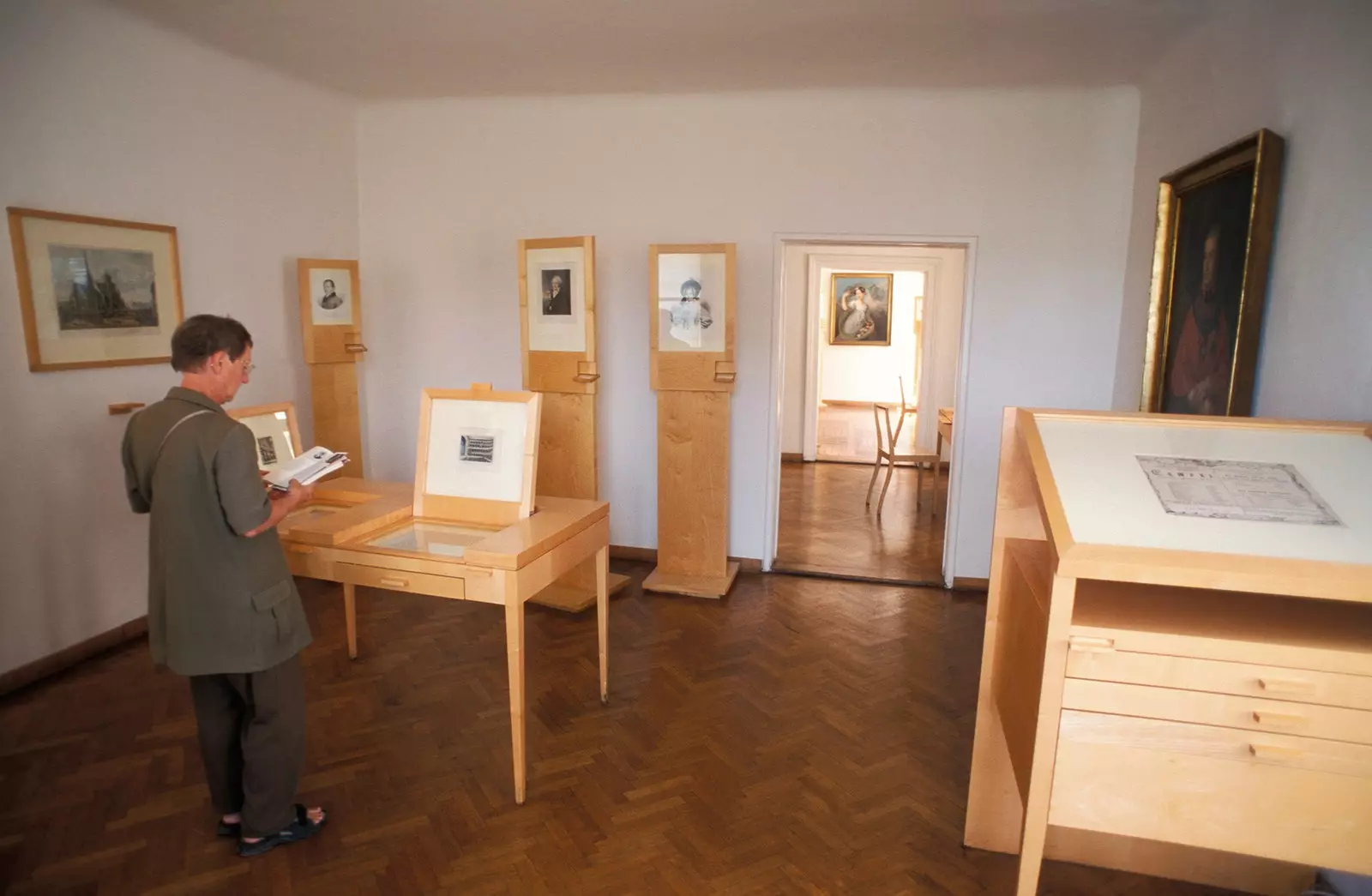
At the Pasqualatihaus he composed parts of the 4th, 5th and 7th Symphonies
I look for the latter in the mobile application, I look around me and the emotion overcomes me. This is how Vienna sounds: pure romanticism. With my mind far, far away, I head for another of Beethoven's Vienna enclaves: the Theater Museum .
PLAYING: SYMPHONY Nº3, HEROICA
It seems that Beethoven He was, for a long time, a great admirer of Napoleon Bonaparte , which he praised for defending the principles of justice and freedom. That is why he himself dedicated, in 1803, his 3rd Symphony , known as heroic , which he performed for the first time in the beautiful hall of the Lobkowitz Palace —the dedication, which can be seen in the Beethoven Museum, was crossed out years later by himself: it seems that he was not so amused that Bonaparte proclaimed himself Emperor of the French...
I pay the entrance to Theater Museum, which today occupies the facilities of the old palace, and I wander up to the first floor while contemplating the beautiful stairs.
there it is heroic , name with which the splendid room was baptized —did anyone doubt it?—: today it continues to host classical music concerts , although something tells me that they have little to do with those that the Prince Lobkowitz organized privately. An advice? Enjoy the paintings on its walls and ceiling: they are simply wonderful.
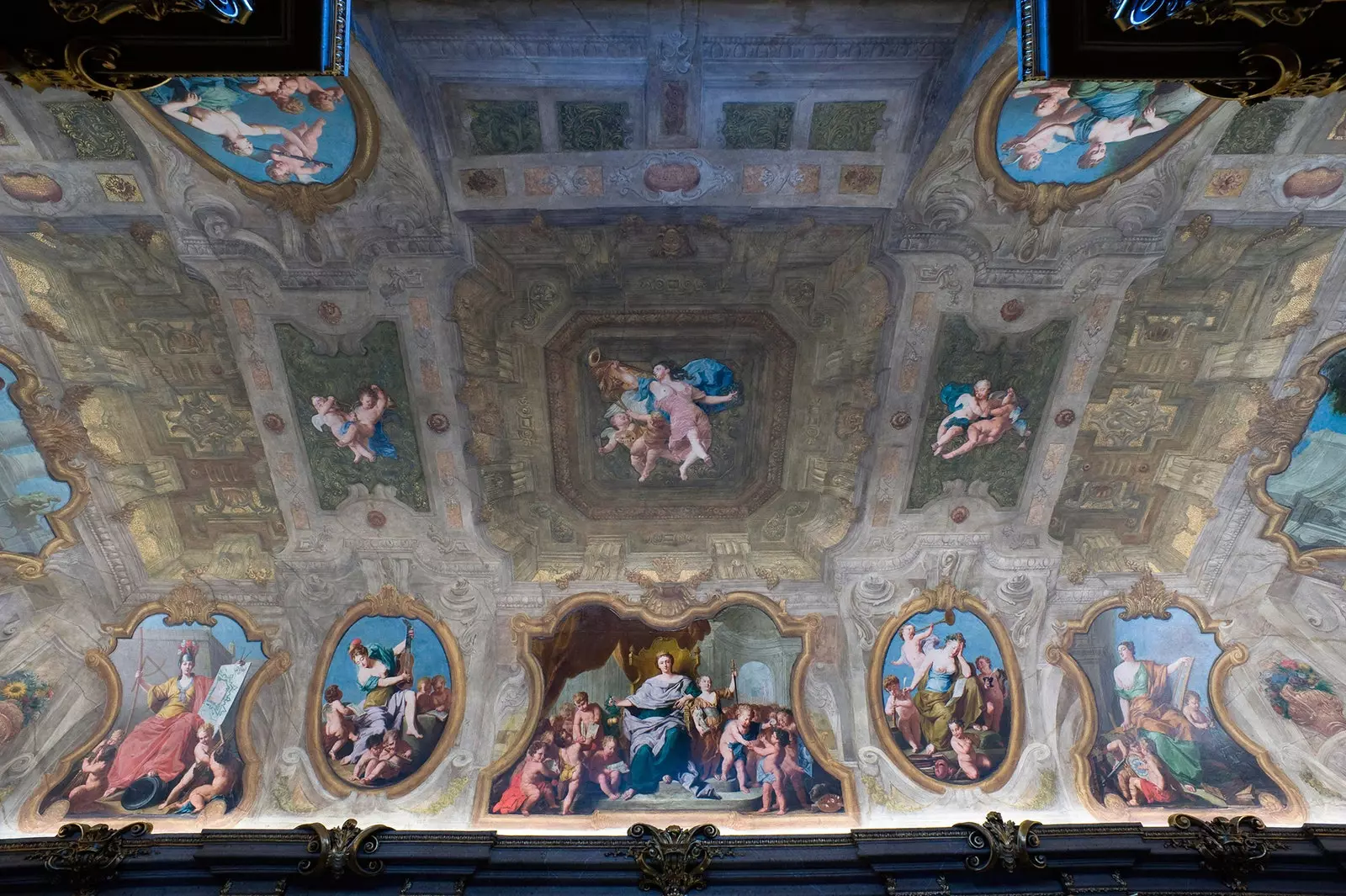
Enjoy the paintings on the walls and ceiling of La Heroica
In a museum corridor an old black and white photograph of the Hofburg Imperial Palace reveals the existence of a small building that is no longer there: the one that housed, until 1888, the Burgtheater or Imperial Theater . Something to do with Beetehoven? Of course: there the composer premiered his Symphony No. 1.
But when it comes to talking about premieres, there is another enclave that cannot be missed: in the Theater an der Wien , next to famous Naschmarkt -ideal for a replenishing coffee or a glass of wine at any of its 120 stalls, since I'm here- Beethoven not only premiered Fidelius , the only finished opera of his: he also lived in the apartments that were inside. At least for a year.
Still, in the 21st century, the Theater an der Wien fills up again every evening: since its opening at the end of the 18th century it has not stopped bet on art in all its forms , something that is enhanced in Vienna like nowhere else in the world.
In fact - eye to the data - the city has more than 120 stages for music and theater in which, every year, more than 15 thousand concerts are given. There is nothing.
SOUNDING: FIDELIO OR MARRIAGE LOVE
It's time to listen to Beethoven's opera par excellence to continue printing rhythm to the walk. A journey through the world of music that, on this occasion, makes me take the tram D and travel for 35 minutes to the Heiligenstadt quarter.
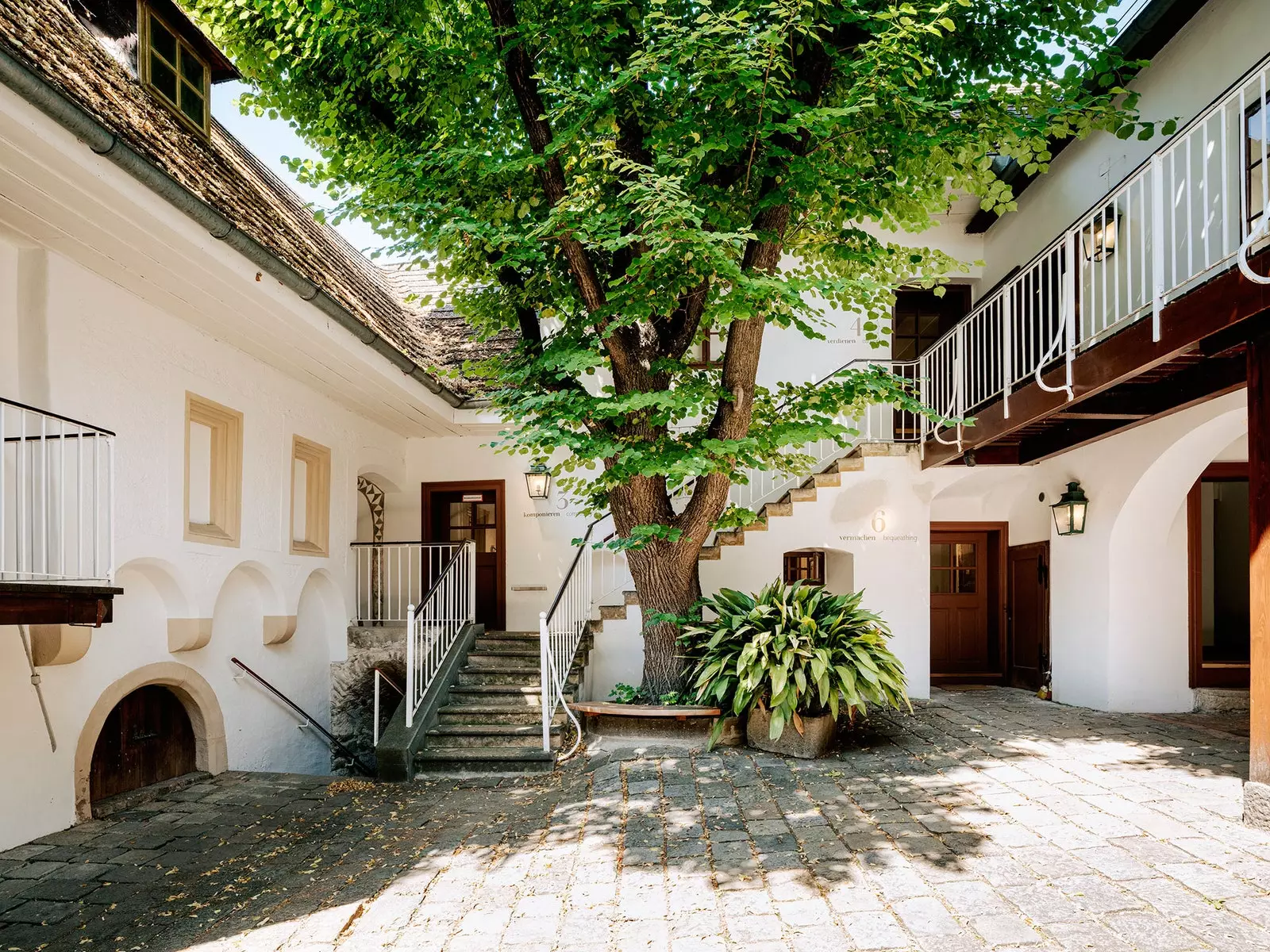
The most complete museum on Beethoven is here
At 6 Progusbase Street , in what was once a rural area full of spas, is another of the old houses of the genius that, for a year and a half, has housed the most complete museum on Beethoven that exists.
Here throughout six exhibition halls Arranged around a courtyard, I make a complete journey through his life: his birth in Bonn, his move to Vienna, his beginnings in the music , the encounters and disagreements of him with patrons and musicians … And the tricks used by him to cope with his ear problem . The one who appeared in his life at the age of 30 and who haunted his days until his death.
Proof of how far Beethoven's despair went is the famous “Heiligenstadt Testament” , a letter that he wrote to his brothers—and that he never sent—in which he asked them share in your serious problem and that is also exposed in the house. Despite everything, and even when the musician had completely lost his hearing, he continued to compose. For example, your 9th Symphony of him.
At the end of the street, by the way, another of Beethoven's old houses has been converted into a cozy tavern where you can drink wine . I leave it there…
SOUNDING: BEETHOVEN'S 9TH SYMPHONY
I come up imagining a whole orchestra giving life to what was the last of his great creations, while e reached 22 Laimgrubengasse . A red and white flag —already a classic on my tour— warns me that Beethoven also lived in this building. However, this time I do not come to visit: I come to eat!
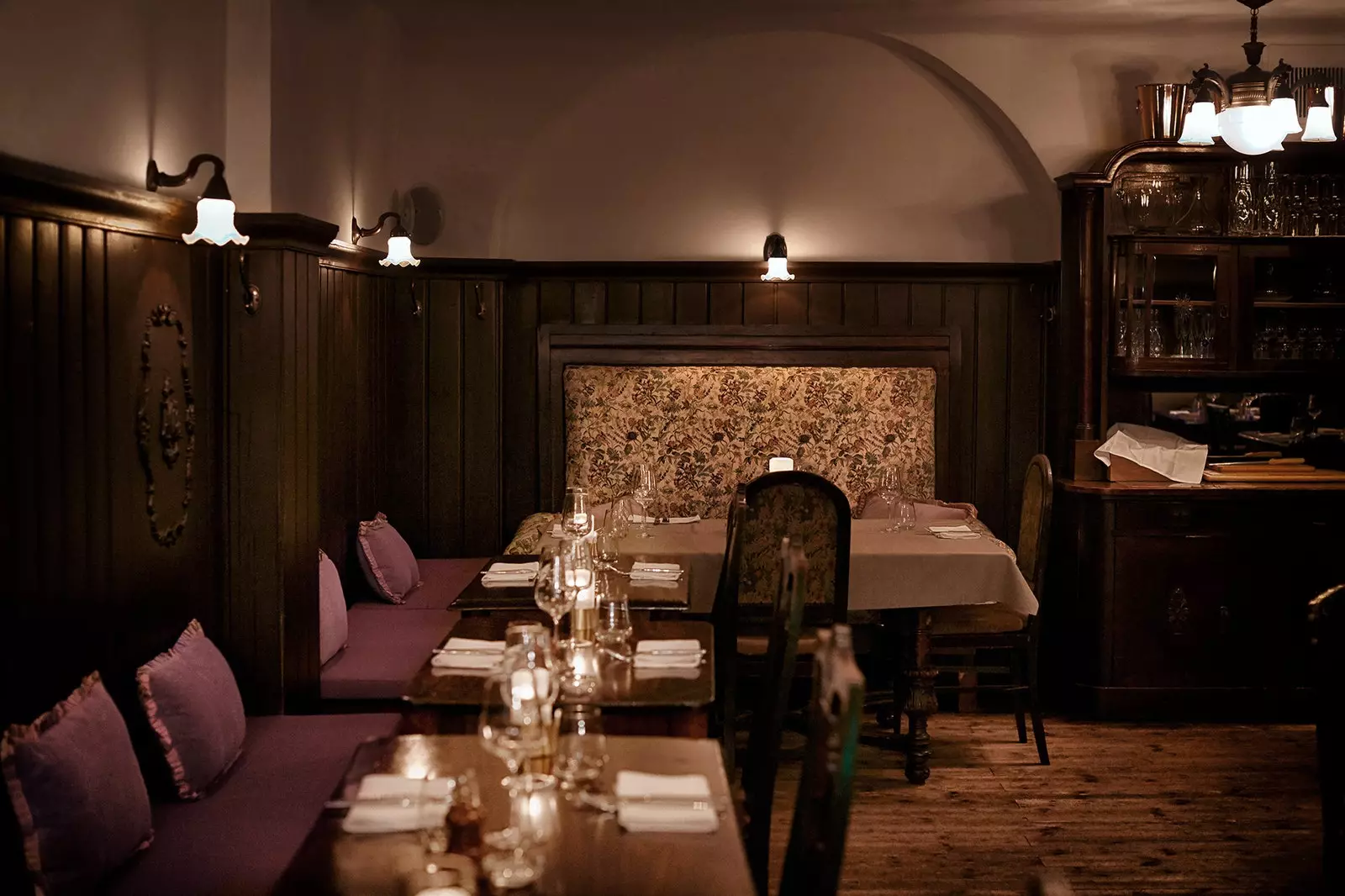
Interior of the Ludwig van Restaurant
Precisely at the bottom is the Ludwig van Restaurant , whose owner strives to make me feel at home from the moment I set foot inside.
Intimate atmosphere, eminently local clientele and a lunch menu that varies every day and that has only two options on each plate: while Beethoven plays in the background , I delight myself with an exquisite cream of vegetables for starters, a smoked pork ribs for second, and a chocolate muffin . Not so bad, hey.
But Vienna has more. Much more. So in just eight minutes on foot I reach one of the most beautiful, emblematic and enigmatic buildings in Vienna: the Secession It is, without a doubt, a must stop.
And not only because of its meaning, since it was the physical place that welcomed the movement founded by Gustav Klimt in 1897 and that united all those artists who felt misunderstood within the lines of the most classic art.
It is also because of what it keeps inside: in 1902 , in the context of an exhibition in honor of the genius, Klimt designed the famous Beethoven Frieze , an immense work of 34 meters in which the _9th Symphony_a is represented . A waste of visual fantasy that excites, envelops and overwhelms. An absolute WORK OF ART. In short and bluntly: the most authentic Viennese Modernism.
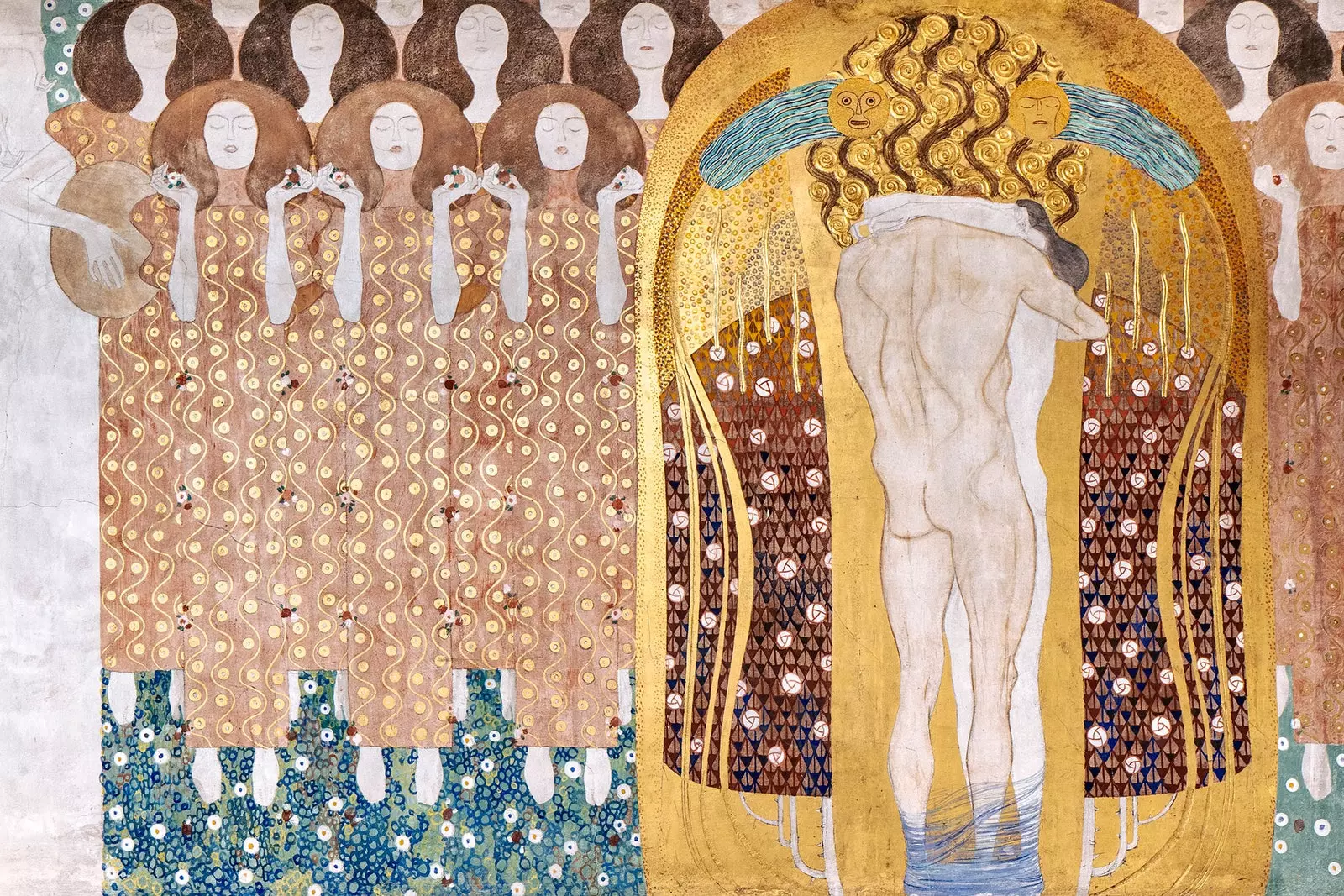
Detail of the Beethoven Frieze designed by Klimt
VIENNA SOUNDS LIKE BEETHOVEN IN 2020
But a tour of Beethoven's Vienna can only end in one way: listening to his work live. No headphones. Blackout to Spotify. It is time to decide in which of the emblematic Viennese settings to live the experience.
And it will not be easy to decide, because the repertoire of activities is infinite. Although it doesn't sound bad to do it in the Musikverein , which also celebrates its 150th anniversary also in 2020 . For its part, both the ** Vienna State Opera and the Theater an der Wien** will see shine Fidelius on their stages throughout 2020.
Furthermore, institutions such as the Austrian National Library , the Kunsthistorisches Museum Vienna or the ** Leopold Museum ** will also feature exhibitions on Beethoven. Do you still have doubts about visiting the Austrian capital this year?
AND TO SLEEP?
Well, to sleep, the Hotel Beethoven , of course! A cozy accommodation 4 stars that with its perfect location —opposite the Theater an der Wien, no more, no less—, with its charming themed rooms, with its exquisite common spaces and its delicious breakfast… It is the perfect place to rest after walking the Austrian capital in search of everything that sounds like and reminds of Beethoven.
This is how the Vienna of this genius of music is summed up.
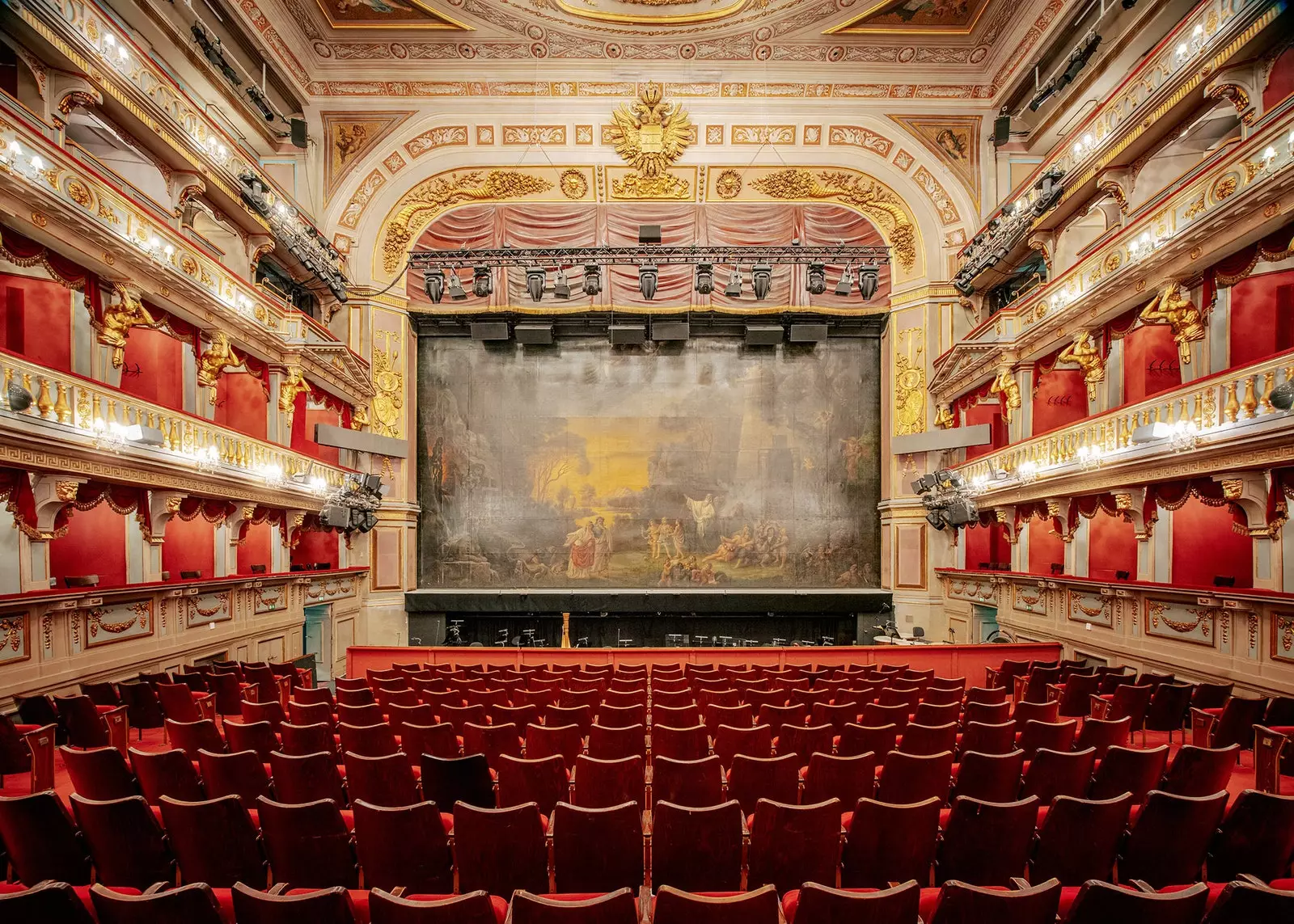
Interior of the Theater an der Wien
